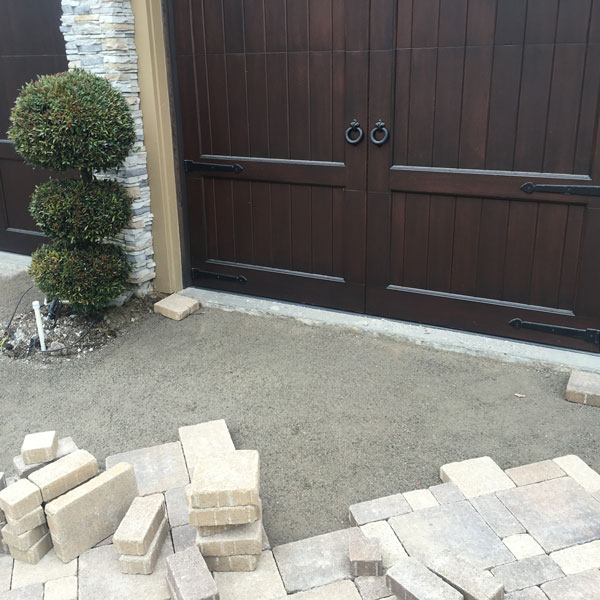Paver Installation Process in Orange County, CA
ICPI Recommended Installation Process
Ocean Pavers Inc is an industry leader in the paver installation process in Orange County, CA. We do our best to follow the installation recommendations put in place by the Interlocking Concrete Pavement Institute (ICPI). However, every project installation is different and may or may not follow these recommendations. This pavement structure is commonly used for both pedestrian and vehicular applications. Pedestrian areas, driveways, and areas subject to limited vehicular use are paved with units 2 3/8 in. (60 mm) thick. Streets and industrial pavements should be paved with units at least 3 1/8 in. (80mm) thick.

Why You Should Use Pavers
Pavers are an elegant and affordable way to enhance the aesthetic of your home, and they’re certainly worth the investment. Paving stones are the modern standard because of their beauty, but they are anything but delicate. Your outdoor area will reap the benefits for years to come due to the sustainability paving stones have to offer. Pavers are put together in an interlocking system that spreads the stress over a large area. Because these pavers are free to move slightly, they can absorb a great deal of pressure without cracking or breaking and can hold up to five times the weight of traditional concrete or asphalt. We can incorporate interlocking pavers and other aspects such as walls, stone veneers, and other items into your landscape, so your pavers become a part of a larger overall landscaping theme. Pavers can be installed relatively quickly and do not require concrete curing or drying time. Our experts can work with you to create the perfect hardscape and have you using it faster than you thought possible.
ICPI Installation Steps
Every project is different regarding installation, but the general process can be outlined as:
- Demo and Excavate up to 5″- 9″ of the existing surface. Remove all debris and haul it away to a qualified recycling center
- Compact Native Soil to ensure a firm base
- Installation of Geo-Textile Fabric Barrier (see your contract)
- Install up to 2”- 3” of Class II Road Base for Pedestrian areas or 3”- 6” for vehicular areas
- Check and address all drainage and slope to 1% to 2% – water must move away from structures toward drains
- Compact Base up to 95% compaction ratio
- Install up to 1” of paver bedding Sand
- Install desired Pavers and layout Pavers – 60mm residential pavers and 80mm commercial-grade pavers only for certain applications
- Install regular-shaped angled joint sand depending on the paver and project. Polymeric sand is optional and used in certain applications
- Use a plate compactor to compact the sand down into the paver joints
- Hose off, wash down, and clean pavers
- Depending on the project, apply Enhancing Paver Sealer (optional)
